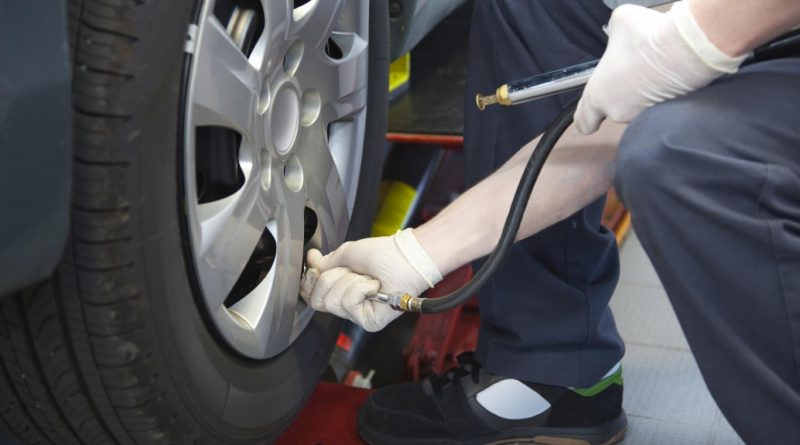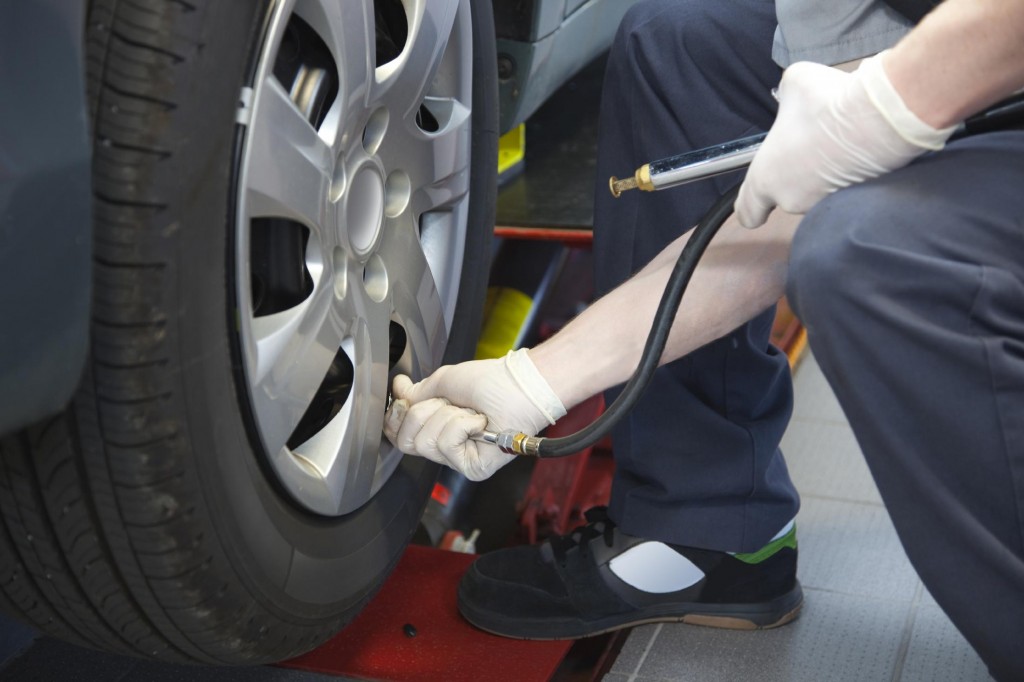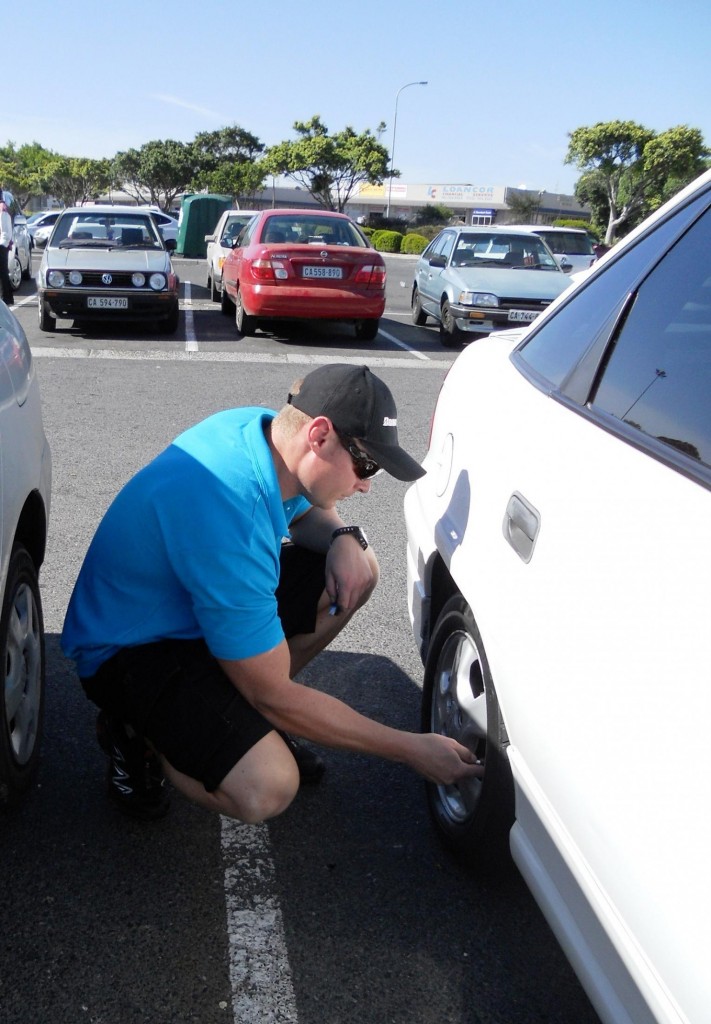Tyre checks must be part of the holiday stops!
Tyre maker Bridgestone has said that motorists on holiday trips should use every safety stop as an opportunity to ensure a vehicle’s tyres were still in good condition.
“A trip from Johannesburg to Cape Town covers around 1500km of diverse road conditions,” said Bridgestone PR Manager, Mandy Lovell. “There are numerous ways in which your holiday safety could be influenced by tyre problems picked up along the road.”
She said one of the leading dangers was gradual loss of tyre pressure due to a fault such as a leaking tyre valve or a nail in the tyre. Over a period of a few hundred kilometres, the pressure change could happen so slowly that the effect on the vehicle’s handling characteristics went unnoticed by the driver, although the reduced roadholding would present a danger if there was the need to swerve in an emergency.
More seriously, when a tyre loses enough pressure it begins to overheat. This is especially dangerous on a holiday trip where the vehicle will likely be more heavily laden with passengers and luggage, and the heating effects of under-inflation will be magnified.
With extended running at high speed, overheating may eventually cause the plies of the under-inflated tyre to separate, resulting in sudden tyre failure, which is a dangerous emergency when travelling at high speeds such as 120km/h on a national road.
Tyre damage, such as a slash in a tyre sidewall, can be caused by objects which go almost unnoticed, like a sharp stone or small strip of metal. Such damage can reduce the tyre’s ability to carry the mass of the vehicle and transmit braking, steering and acceleration forces and result in sudden tyre failure.
Lovell said that motorists on a long journey should regard each refuelling stop or rest break as an opportunity to ensure their tyres are still in tip-top condition and haven’t picked up any problems over the journey to date. “Carry a portable tyre pressure gauge with you in the vehicle,” she recommended. “It will take you less than two minutes to check all four tyre pressures,” she said.
She reminded motorists that tyre pressures increase when a tyre is hot, so the pressure readings obtained on a tyre that has been driven at speed over a long distance will be quite a lot higher than when it was cold. “Never deflate a hot tyre to its cold pressure – you will actually cause it to be under-inflated,” she advised. “But if you find a tyre whose pressure is lower than the other tyres, investigate why, to ensure you won’t have trouble further down the road.”
She added that checking each tyre’s pressure gave an opportunity to check it for damage, as well as to do a brief inspection of the entire wheel for leaking grease or oil which might indicate mechanical problems.
“Any problems with a tyre or wheel are safety-critical and potentially life-threatening,” Lovell cautioned. “On a long journey, making sure of continued tyre safety could be all it takes to prevent a tragedy.”
Also view:
Shock Absorbers and Safety on the Road
Wheel Balance, Wheel Alignment and Road Safety
Road Safety and Steering Safely






